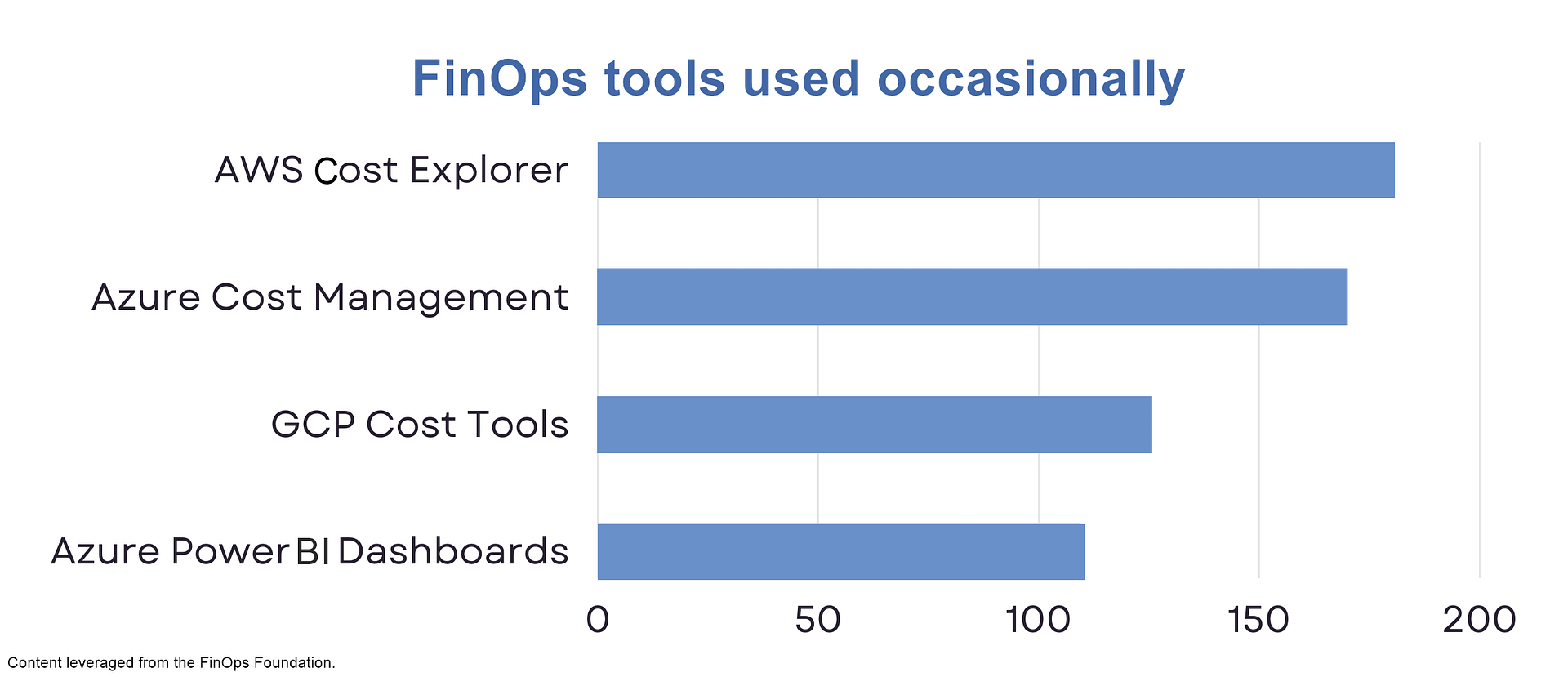Moving to the cloud has changed purchasing compute power from a fixed cost to a variable cost. While the scalability of the cloud enables businesses to quickly pivot to meet opportunity, it creates a bit of havoc for Finance, who are challenged to forecast and contain costs. Constant monitoring of cloud cost and performance has become an urgent necessity, and one that requires ready access to data.
Visibility into the many drivers behind utilization and spend is key to efficient management of the cloud. Without it, cost overruns and inefficiencies become commonplace.
At a minimum, organizations need to understand how to allocate costs, right size resources and reservation plans, identify potential savings, and forecast spend. As their cloud use becomes more evolved, many companies seek to synthesize cloud cost data with external business data to measure per unit efficiency (aka unit economics).
Equally important to data access is the ability to easily share insights across the organization. Management of the cloud is a collective responsibility. Finance, Engineering and business units each have a different but inter-related responsibility as it relates to creating cloud efficiency. With shared access to reports, cross-functional teams can align more easily on cost and performance decisions.
To address the needs for visibility, a number of cloud cost management tools have come to market. Survey results published by the FinOps Foundation reveal AWS, Azure and Google rank as the top tools organizations are using to get a handle on their cloud spend. But that’s hardly surprising considering those three are also the most popular public cloud providers.
But providing analytics is not the raison d’etre of cloud computing platforms. Consequently, the cloud-native tools have limitations in their ability to do robust reporting. First, they only report on data within their respective cloud – not competitors’ clouds. Second, rigid architectures prevent external business metrics from being integrated.
Which brings us to the fourth most popular tool after the cloud native tools: Power BI.
Power BI has become the de facto tool for rapid analysis and visualization of data. It is purpose-built to connect, combine and analyze data. Leveraging it to get access to complex, often opaque, cloud metrics seems like a natural fit.
Six reasons we like Power BI for cloud cost management:
- Familiarity. Already in use in many organizations, Power BI eliminates the need to introduce yet another reporting tool into the mix.
- Customizable. Power BI reports can be adapted to meet different audience perspectives and objectives. Finance, Engineering, C-suite, and various departments each have different motivators for what they want to achieve.
- Extensibility. Power BI lets you incorporate external data with the cloud metrics to build out a more comprehensive understanding of cloud impact on the business.
- Consistency, accuracy and repeatability. With Power BI, data prep and reports can be created once and re-run often. It eliminates the time consuming and error prone process of exporting data to Excel each time the data is refreshed.
- Security/governance. Using Power BI introduces a measure of security over the data even when the content is exported to Excel, PDF or another format. That’s particularly important when using sensitive enterprise data. Learn more about Power BI data protection.
- Easy to share reports. Power BI provides many ways to share reports and dashboards, including embedding and subscriptions. Read more about Power BI distribution options.
Power BI: a great first step
A robust analytics tool with tremendous flexibility, Power BI opens the door to better cost management. However, to drive real efficiencies in the cloud requires visibility move beyond simple tracking of cloud spend and use to creating efficiency metrics, like cloud-cost-per-unit. Timely, normalized data from the other cloud vendors in use needs to be added to the mix, along with enterprise data. This kind of robust reporting requires a data repository and well-designed data models.
Investing in the data structure to support such agile reporting has significant rewards:
- It cuts out time spent in data prep and improves reporting accuracy.
- KPIs are available in a single location, ready for analysis by different groups and with the ability to drill into details to answer why.
- Cost overruns can be spotted and dealt with before they become a problem.
- Responsive reporting gives organizations the agility they need to manage the cloud with efficiency, leveraging its value rather than responding after the fact to high bills.
If you are looking to better analyze and understand your cloud spend, Power BI offers a good starting point. However, to really take control of the cloud, you’ll need to build out the backend.
Senturus has decades of experience transforming disparate, disorganized data into business-relevant, analysis-ready metrics. Leveraging our experience, we created Envisor Cloud Analytics. Quickly installed, it marries the intuitive ease of a Power BI dashboard interface with an extensible data warehouse and real-time operational data. It delivers normalized cloud KPIs from multiple cloud vendors out the box so you can skip the data prep and immediately get to actionable insights.


